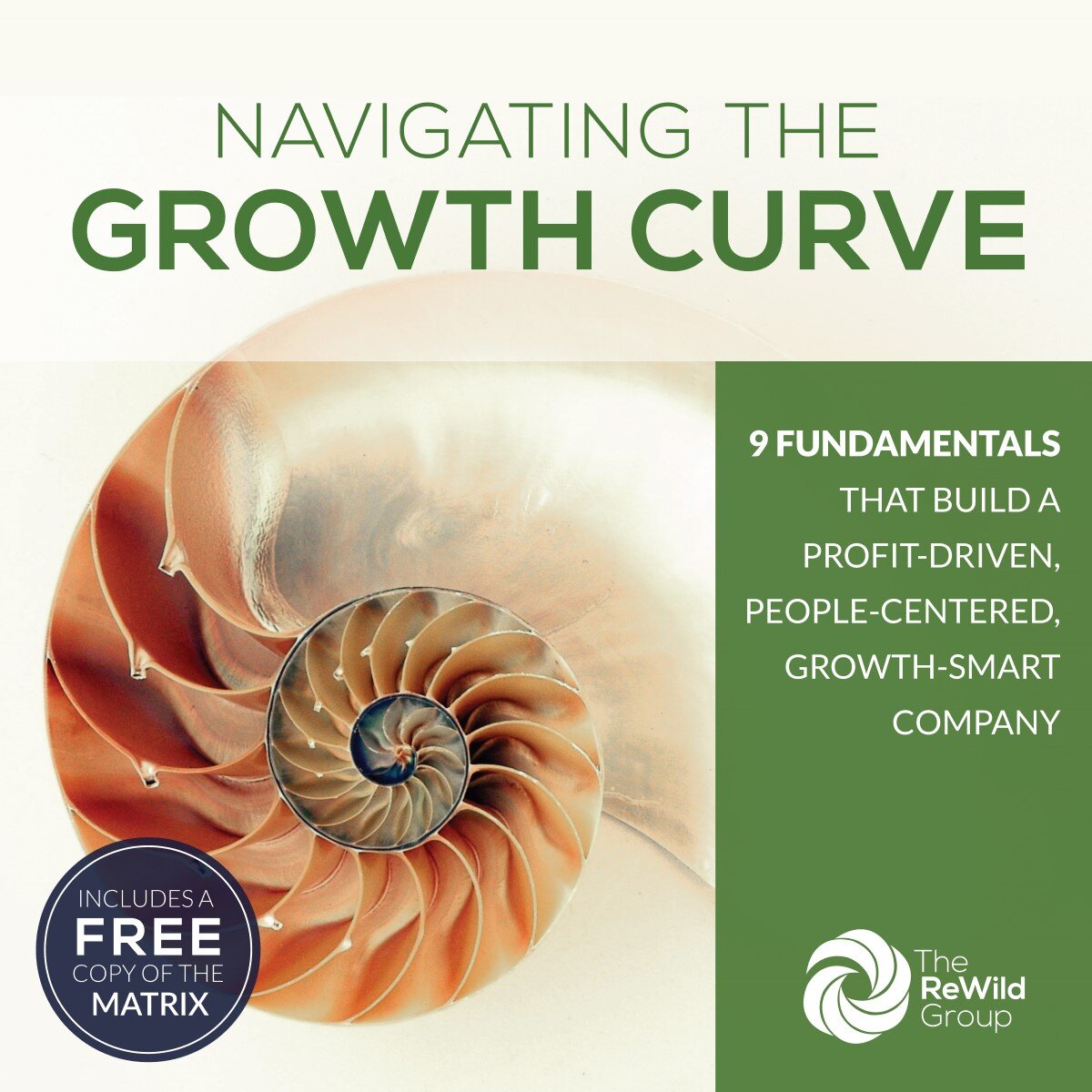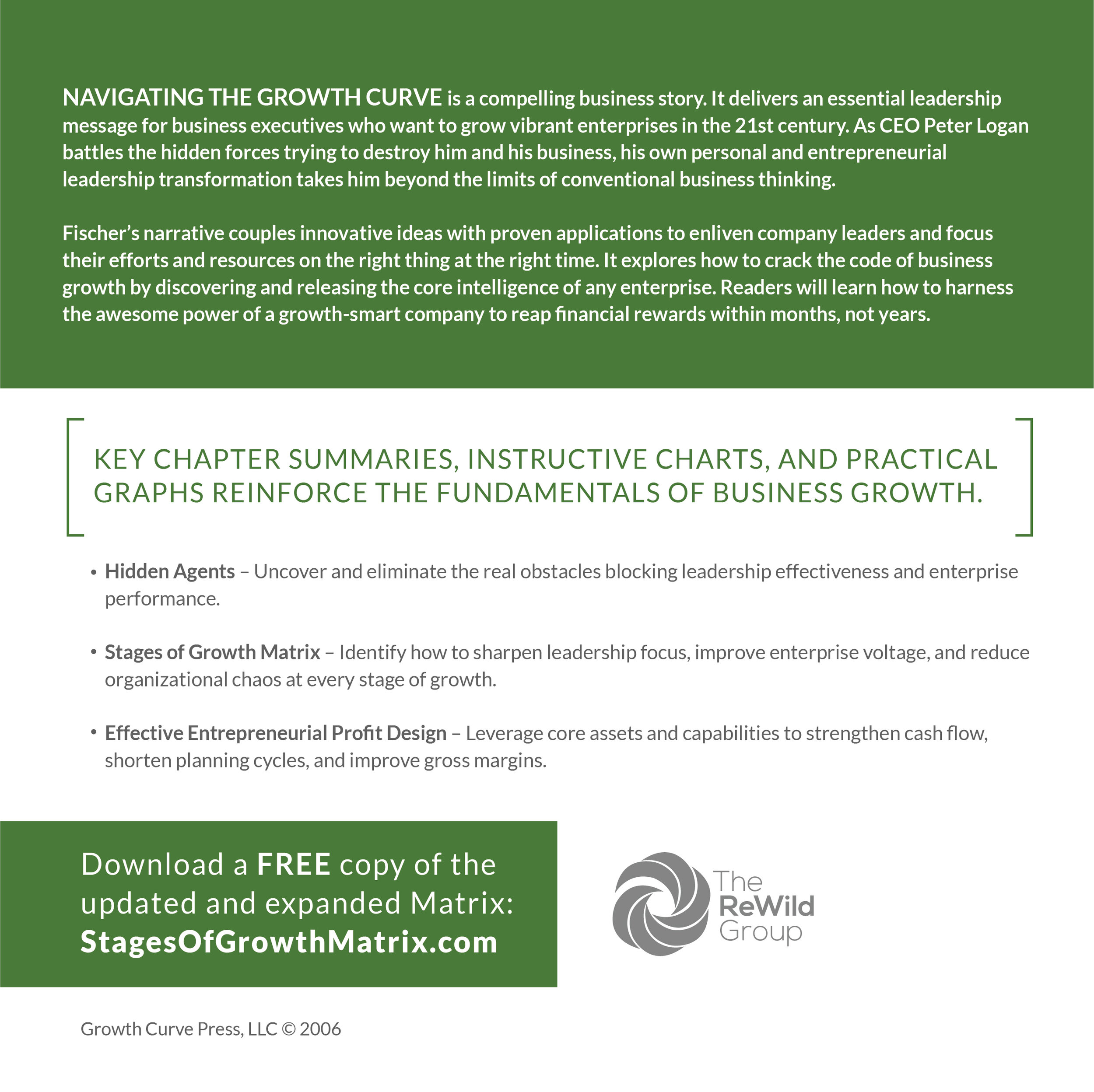 Image 1 of
Image 1 of


The Professional Stage Guidebook: 35-57 Employees
In Stage 4, that early-stage management team needs to be professionalized, and that’s the name of this Stage – Professional. Whether an organization trains existing managers to the next level or hires outside professionals, this is a building block that cannot be missed for successful growth into further Stages.
In Stage 4, that early-stage management team needs to be professionalized, and that’s the name of this Stage – Professional. Whether an organization trains existing managers to the next level or hires outside professionals, this is a building block that cannot be missed for successful growth into further Stages.
In Stage 4, that early-stage management team needs to be professionalized, and that’s the name of this Stage – Professional. Whether an organization trains existing managers to the next level or hires outside professionals, this is a building block that cannot be missed for successful growth into further Stages.
More about this Guidebook
A Stage 4 business has between 35-57 employees. With an early-stage management team that needs to be professionalized, that’s the name of this Stage – Professional. Whether an organization trains existing managers to the next level or hires outside professionals, this is a building block that cannot be missed for successful growth into further Stages. One of the most important things the professional management team does in Stage 4 is to work on the processes and systems of the organization. Leveraging their functional expertise, managers build the infrastructure that supports future growth.
This book concisely presents the research-based rules for growth that will guide a business owner through the challenges of running a Stage 4 business. The chapters are based on the unique dimensions of the Stages of Growth methodology, and include an introduction to each topic as well as the specific findings for Stage 4 organizations.
Nearly every dimension represents an ideal for businesses to follow. For that reason, after the definition of each dimension, you’ll find a section that illustrates what happens when a business is out of alignment with the ideal. This brief example serves to cement the concepts that have been discussed and bring each dimension down to a more tangible level.
To help you put the information to use immediately, there is also an application section at the end of each chapter. You’ll find three or four questions to help you reflect on the material and apply it to your business, as well as a tip that you can carry with you.
Every business owner’s journey is different, but that doesn’t mean you have to forge a path on your own.








